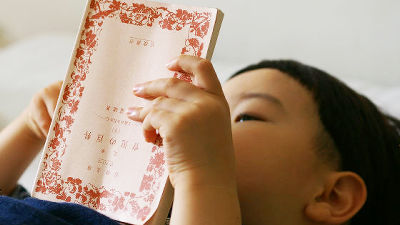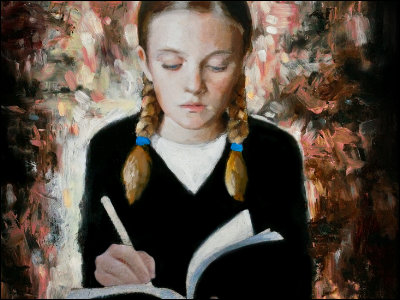An attempt to use conversational AI as a support instructor in the classroom

ChatGPT, a conversational AI released by OpenAI, is not only able to respond naturally to questions posed by humans, but also demonstrates high capabilities, such as
One AI Tutor Per Child: Personalized learning is finally here | by Sai Gaddam | Mar, 2023 | Medium
https://saigaddam.medium.com/one-ai-tutor-per-child-personalized-learning-is-finally-here-e3727d84a2d7
While conversational AI appears to provide natural-sounding answers, there are cases where it returns content that looks good but is not valid or is nonsensical. This has led to moves to ban its use on Q&A sites and for writing scientific papers. The New York City Department of Education also banned access to the high-precision chat AI 'ChatGPT' from school computers and networks, stating, 'ChatGPT may provide quick and concise answers to questions, but it does not build the critical thinking and problem-solving skills essential for academic and lifelong success.'
New York City bans students and teachers from using ChatGPT - GIGAZINE

On the other hand, because conversational AI like ChatGPT can be used as an educational tool or as a sounding board for children with mental anxieties, it has been pointed out that 'rather than banning it completely, we should provide guidance on how to use it correctly.' In fact, attempts are being made to introduce AI to university and high school classes, and Professor Ethan Mollick of the Wharton School of the University of Pennsylvania states, 'Without training, everyone will use AI incorrectly, so we can expect learning effects to improve by focusing on how to use AI rather than whether or not to use AI.'
Instead of banning AI, try to incorporate 'how to use and evaluate' into student education - GIGAZINE

Sai Gaddam, who runs a microschool in Mumbai, India, argues that 'it's completely crazy to sacrifice children's childhoods and have them passively sit in a classroom while teachers condescend to pour knowledge onto them,' and is pursuing learning that allows children to more actively engage with the world. Microschools generally have small classes of around 15-30 students across all grades, and use technology to provide highly personalized education to each child. At Gaddam's microschool, he uses ChatGPT as 'a teacher who can actively engage with students one-on-one.'
We also use ChatGPT to promote fruitful learning through hands-on experience, rather than memorization. For example, to teach children how to write numbers using the commonly used decimal and positional notation systems , we asked ChatGPT to suggest a game for children that uses dice and a large bag to give them hands-on experience with large numbers. They suggested ideas like 'roll two dice and create a two-digit number with the numbers that come up.'

Gaddam also suggests that it could output a story that helps children learn how to use numbers by acting out a play. Gaddam also runs a startup called

Gaddam explains the theory of the 'resonant learning loop' as a justification for using AI in education. When people learn something, they excel at what's known as 'imitation learning,' and it's important to 'learn from others.' This cycle of using what they've learned from others to learn what they will do next is fruitful learning. However, this learning requires two individuals who speak the same language, both linguistically and educationally, and conversational AI can serve as a tutor or assistant. Gaddam supports this theory by quoting Seymour Papert , known for developing the programming language LOGO : 'The essence of a computer is its universality, its power to simulate. It can take a thousand forms, perform a thousand functions, and therefore appeal to a thousand preferences.' He discusses the benefits of using an AI tutor for imitation learning.
Gadam's article has also become a hot topic on Hacker News, with some commenting that 'language models often produce nonsense, and our understanding of AI is insufficient to be used as a technology in education.' Gadam counters that using AI as a tutor isn't about giving AI the sole, individualized teaching role, but rather about using AI to enhance learning.
Related Posts:
in Education, Web Service, Posted by log1e_dh







